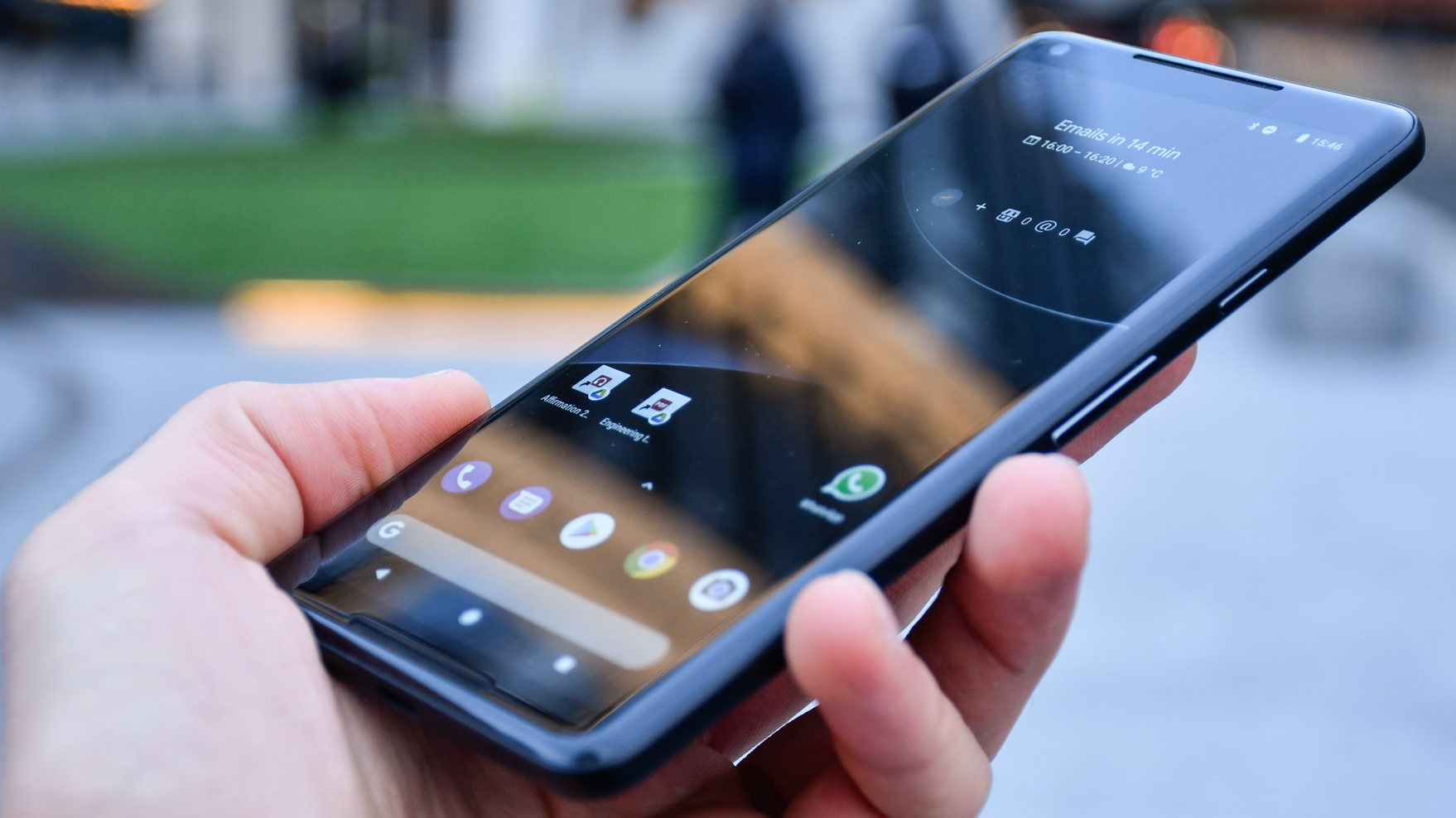Google Pixel 2 and Pixel 2 XL problems: how to fix them

The Google Pixel 2 and Google Pixel 2 XL have plenty going for them, including their awesome photography chops and top-notch build quality that’s imbued with impressive and smart software. And yet, it hasn’t been the smoothest launch for Google’s 2017 flagship duo.
To list of issues discovered by those who have picked up the phones since their October 2017 launch is, to be frank, quite large. From widespread display issues to strange clicking noises and audio recording hiccups, the problems range from bad to worst for customers hoping to be wowed by their expensive purchase.
We’ve put together this guide to help you keep track of which issues have been discovered, as well as Google’s progress on addressing them.
- Issues aside, both phones have earned a spot on our list of best Android phones, and yes, their cameras are really all they're hyped-up to be.
Google Pixel 2 XL’s blue tint
The larger Pixel 2 XL uses OLED display technology, and while its benefits look good on paper and generally are in practice, the results aren’t as convincing on Google’s latest phablet.
This is primarily because of the limited favorable viewing angles on the 2 XL. When you look at the display head-on, things look good – great, even. But when you tilt the phone to the side, its warm colors begin to fade into a more pale blue tone.
Some people won’t notice or be too affected by it, as it’s not technically a defect, but it’s hard not to see it once you realize that it’s there.
So far, Google’s response to appease users (of both Pixel 2 and Pixel 2 XL) is the added ability to adjust the color saturation between “Boosted, Natural or Saturated” settings until the display’s presentation suits your desires. You’ll find this option in the “Display” setting and inside of the advanced settings within.
Sign up for breaking news, reviews, opinion, top tech deals, and more.
This doesn’t necessarily “fix” the blue shift in color, but according to Seang Chau, a top engineer at Google, this was intentional in design. He provided the following statement on the company’s blog regarding the Pixel 2 XL’s OLED tech:
"The slight blue tint is inherent in the display hardware and only visible when you hold the screen at a sharp angle. All displays are susceptible to some level of color shift (e.g. red, yellow, blue) when viewing from off angles due to the pixel cavity design. Similar to our choice with a cooler white point, we went with what users tend to prefer and chose a design that shifts blue."


Google Pixel 2 XL’s OLED burn-in
OLED displays are far less susceptible to burn-in than, say, an old plasma television, but it can still happen. And just a few weeks following the release of the Pixel 2 XL, users were reporting early signs of burn-in on the phone’s OLED display – a worrying development for a phone that had already received complaints regarding its screen.
Upon requesting a statement from Google, it stated the following:
"The Pixel 2 XL screen has been designed with an advanced POLED technology, including QHD+ resolution, wide color gamut, and high contrast ratio for natural and beautiful colors and renderings. We put all of our products through extensive quality testing before launch and in the manufacturing of every unit. We are actively investigating this report."
After the reports of apparent burn-in began to spread, Google provided a follow-up statement regarding its findings:
"Our investigation so far has given us confidence that our displays are as great as we hoped they would be, though we’re also taking steps to address the concerns we've heard."
One of those steps is giving every Pixel 2 XL (and Pixel 2) user a two-year warranty, which replaces the standard one-year warranty. This covers any manufacturer defects, including OLED decay, for twice the duration.
Another one of those steps, although not mentioned by Google, is likely to be a fix made to the nav bar, which now fades out periodically – likely an effort to prevent these static elements from burning in as time goes on.


Pixel 2 XL audio recording issues
The final known issue (as of yet) with Google’s plus-sized flagship smartphone is the poor recording quality that some are experiencing when recording a video. Certain devices are recording audio that’s very distorted – clearly pointing to a problem with either the microphone hardware or the software. A Pixel 2 XL user uploaded the video below, which makes the issue apparent from the get-go.
Once word of this issue began to spread, Google stated that it would have a fix in the following week. And according to a Reddit user, the latest developer preview of Android Oreo 8.1 appears to have fixed it.
- We’ll be on the look-out for more issues, but let me know on Twitter if you run into a unique issue or are on the hunt for a fix.

Cameron is a writer at The Verge, focused on reviews, deals coverage, and news. He wrote for magazines and websites such as The Verge, TechRadar, Practical Photoshop, Polygon, Eater and Al Bawaba.
